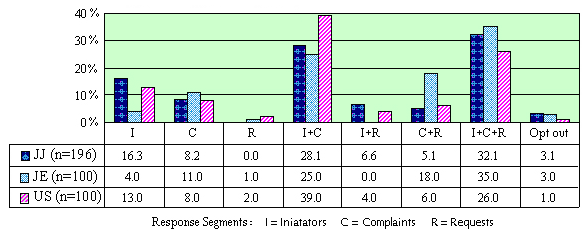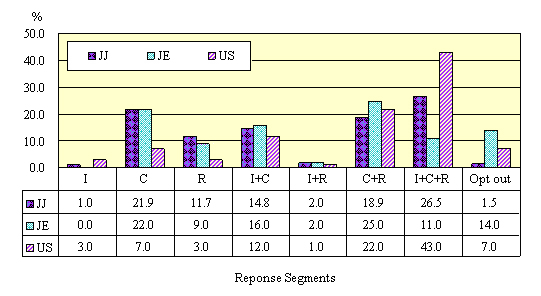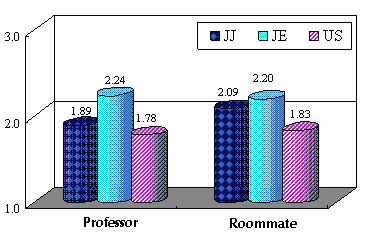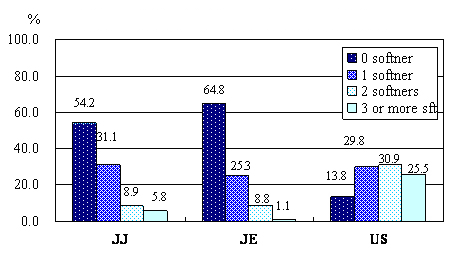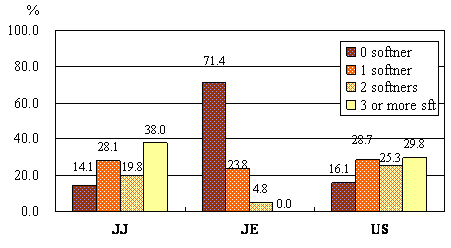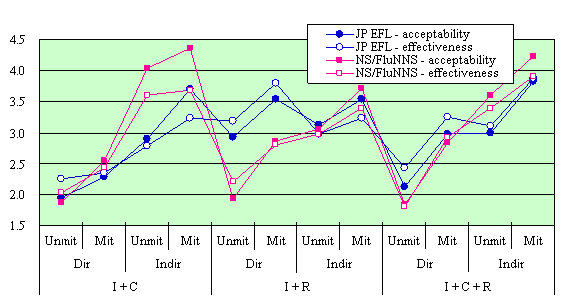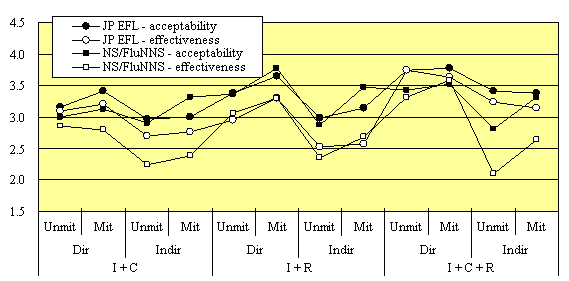Authentic Communication: Proceedings of the 5th Annual JALT Pan-SIG Conference.
May 13-14, 2006. Shizuoka, Japan: Tokai University College of Marine Science. (p. 32 - 47).
Preferred complaint strategies in Japanese and Englishby Carol RINNERT (Hiroshima City University)Yoko NOGAMI (Graduate student, Hiroshima City University) Chiaki IWAI (Hiroshima City University) |
Abstract |
